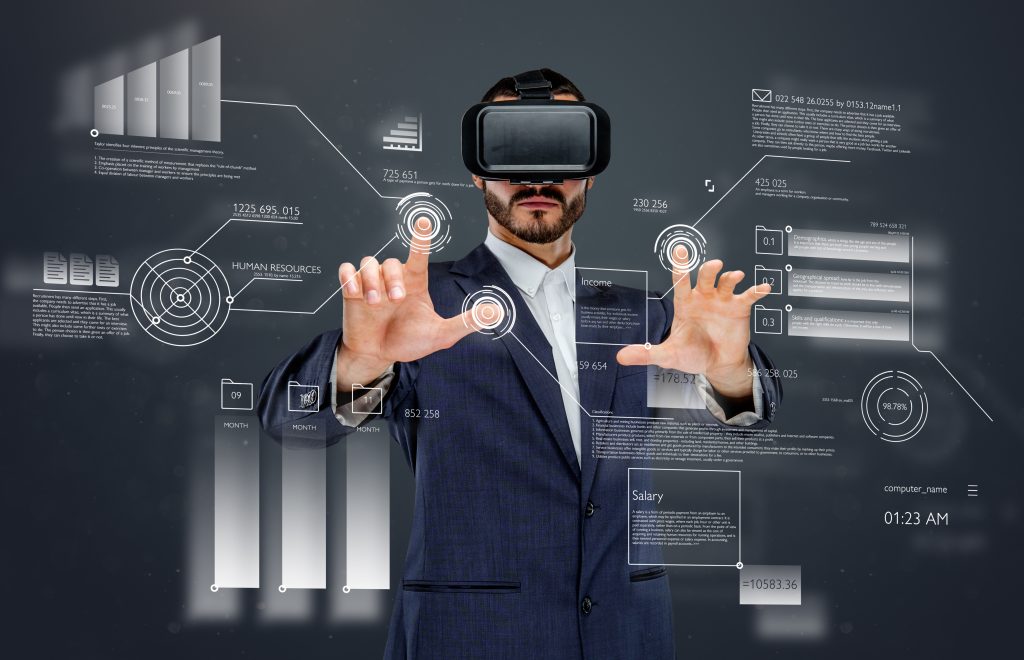Modern Learning for the Evolving Workplace
Employee training is evolving rapidly, and 2025 marks a pivotal moment as technology becomes deeply integrated into how organizations develop their teams. From personalized learning paths to remote access, companies are rethinking how employees gain the skills they need to grow and succeed.
One major shift is toward customized learning experiences. Instead of one-size-fits-all programs, training is now tailored to match how individuals learn best—allowing employees to progress at their own pace and focus on the area’s most relevant to their careers.
Additionally, with hybrid and remote work becoming standard, digital learning tools have taken center stage. Online platforms ensure that training is accessible from anywhere, supporting a consistent learning experience for employees, regardless of location.
How Technology is Reshaping Professional Growth
Technology is playing a key role in transforming professional development. Artificial intelligence (AI) and machine learning are being used to recommend courses, track progress, and provide real-time feedback—offering a more personalized journey for each learner.

Virtual reality (VR) is also gaining traction, especially in industries that require hands-on practice. VR allows employees to engage in simulated real-world scenarios, helping them build practical skills safely and effectively.
Mobile learning apps are another growing trend. These allow employees to fit training into their daily routines—whether during a commute or in between meetings—making learning more flexible and efficient.
To manage and streamline these modern training programs, many companies are adopting workflow and project management tools. These not only support planning and delivery but also ensure that training is aligned with business needs.
What Makes a Training Program Successful?
1. Addressing Skill Gaps Through Upskilling and Reskilling
With workplace demands changing quickly, companies need to regularly identify skill gaps and prepare their workforce accordingly. Using data and analytics, HR teams can assess what skills are needed now—and in the future—and design training to bridge those gaps.
Focusing on specific competencies ensures more meaningful learning outcomes. Personalized training also keeps employees engaged, as they see direct value in the development opportunities offered.
Equally important is creating a culture of continuous learning. When learning becomes part of the everyday workflow, employees are more likely to stay curious, innovate, and grow. Simple tools like checklists or process guides can help make ongoing development a natural part of the job.
2. Learning by Doing: The Power of On-the-Job Training

On-the-job learning remains one of the most effective ways to build skills. It allows employees to apply what they’ve learned in real-time, which improves retention and confidence.
Mentorship programs can take this further by pairing experienced staff with newer team members. This not only strengthens skills but also fosters stronger relationships and team culture.
Digital platforms can support knowledge sharing by providing a space to document and distribute best practices. This creates a shared resource hub, making it easier for teams to learn from each other and work more efficiently.
How Training Impacts Engagement and Retention
1. Keeping Employees Engaged Through Growth Opportunities
In today’s workplace, employees want more than a paycheck—they want purpose. Training helps meet that need by giving people a chance to grow and make meaningful contributions. When employees can align their personal goals with their work, they’re more invested in what they do.
Customized learning plans help make this connection stronger, supporting both personal and professional development. As employees feel more capable and supported, engagement naturally rises—resulting in a more energized and productive team.
2. Supporting Retention Through Career Development

Providing clear paths for growth is one of the most effective ways to retain top talent. People are more likely to stay with organizations that invest in their future.
Leadership development is especially valuable. It prepares employees for greater responsibility and shows them there’s room to grow—boosting loyalty and long-term commitment.
Team-building and collaborative training also play a role in retention. When employees feel like they’re part of a connected, supportive team, they’re more likely to stay and thrive.
To support these efforts, companies can use tools that help plan, track, and refine their training programs—ensuring everything is aligned with broader business goals.
Final Word
In 2025, learning and development have become more than just a support function—they’re a vital part of how businesses grow and succeed. Companies that prioritize continuous learning are creating environments where employees feel empowered, supported, and ready to take on what’s next. With smarter tools and more flexible training options, learning is no longer confined to the classroom—it’s part of the everyday workflow. It’s about helping people grow in ways that matter, both professionally and personally. Organizations that embrace this mindset are building more resilient teams and setting themselves up for long-term success. Simply put, the future belongs to those who are ready to learn, adapt, and lead.
